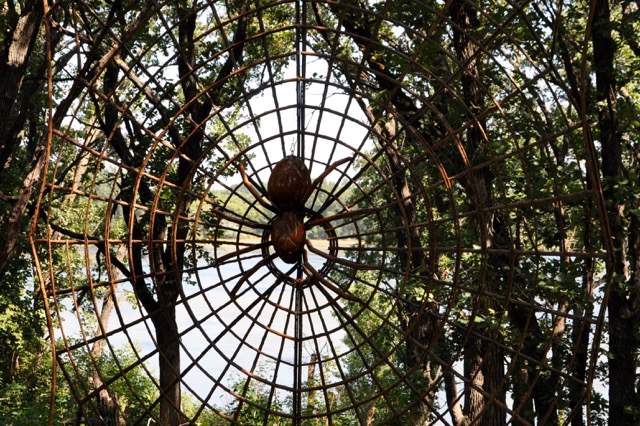
If you’re lucky, you have fond memories of getting away on Memorial Day and other holidays—and maybe heading off for a family vacation every now and again. If you’re really lucky, you’re still creating fresh memories. But many people aren’t. The latest numbers on our time-off habits give new meaning to the phrase workforce.
A recent Boston Globe story on Americans’ fear of vacation profiles hard-working folks, interviews psychology pros, and basically leaves the reader exhausted enough to beg for a vacation. “I’m the kind of person who sleeps with an iPhone under my ear,” proclaims one entrepreneur. “People are worried about work piling up while they’re away,” explains a leader of Project: Time Off.
Unsurprisingly, vacation numbers stayed pretty static until about 2000—when tech tools became workaday-common and people turning into “work martyrs” became equally prevalent. Employee and general dissatisfaction has skyrocketed (just ask Trump and Sanders), while travel pros will tell you vacationers are often more concerned with excellent wifi than comfortable beds.
If you’re still with us (and not tending work emails), choke on these digits, courtesy of Expedia and a host of credible researchers…
500,000: Number of unused vacation days annually in the U.S.A.
$52,400,000: Value of those unused vacation days
47: Average work-week hours per person
6: Number of days it takes to significantly reduce stress levels
61%: Work while on vacation

One of this entrepreneur’s fantastic ideas is sabbatical consulting. Help a company launch a program? I have, but they quit when their numbers go south or a recession hits. Coach travel-craving professionals how to run away for 55 days? Done that. Yet most 5%-ers won’t step off the treadmill (while my vagabond mentors find a way regardless of bucks and buts). Apparently, our DNA has gotten rewired. For work.
Employers still shun the sabbatical, too. According to a recent overview, the number of companies offering long-term breaks has stayed stagnant for years. About 13% offer unpaid extended breaks; about 5% have a paid program. If you check out the various “Best Companies to Work For” lists, the number grows to about 20%.
But my formal and informal research finds that, for the most part, it’s a perk that’s rarely employed, yet remains on the list for recruiting and retention purposes. As one friend at a major-league firm with a sabbatical program told me, “I wouldn’t even think of asking HR about it.”
She also suggested I not contact them to help make BreakAways work for everyone. Including the corporation. And their bottom line. “There are stories about people who left for three months and came back to a demotion and a crappy office,” she lamented.
“Fatigue sets in, rigidity applies, and all creativity and innovation are lost.” So states Lotte Bailin, an MIT researcher and author of the book, Breaking the Mold: Redesigning Lives for Productive and Satisfying Lives.
Fatigue? Rigidity? Lost creativity and innovation? That sounds like a burned-out, bummed-out workforce. Vacation won’t kill you. But your job might.
Summer is here, and here’s proof: Happy Memorial Day!
Go make some memories.

August 3rd, 2020 at 11:51 am
[…] We’ve been carping about this since at least 2009. And yes, the pandemic complicates time off, as it does everything. But maybe the unprecedented stress and uncertainty of these times makes getting AWAY and UNPLUGGING more important than ever! Because hanging with that white duck and the other curious and revitalizing experiences of this BreakAway did much to calm my turbulent waters. For now, anyhow. […]